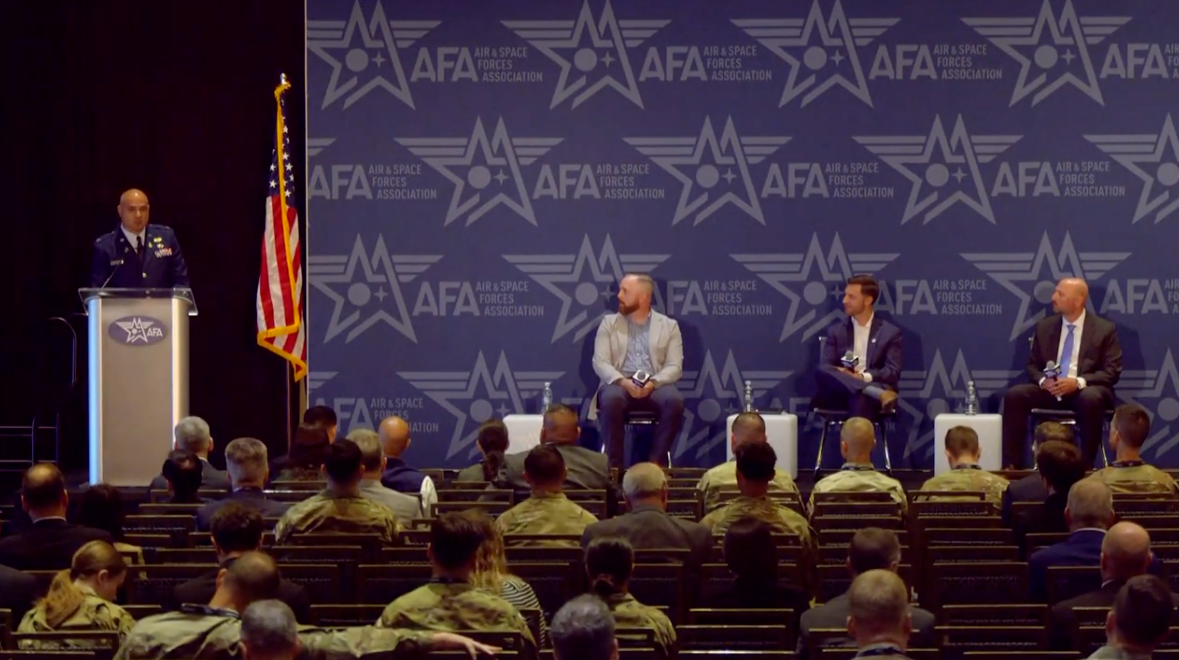Throughout the history of warfare, an actor’s ability to collect, process, and distribute information faster than their adversary has proven to be a major strategic advantage.
Normalizing Agile, User-centered software in the Department of Defense is exactly what is needed to ensure the US war machine retains a competitive advantage in the face of ever-modernizing adversaries.
The US Department of Defense (DoD) has not updated its command and control process for at least 30 years. The last time the DoD saw a fundamental change in its processes was the introduction of computer systems and the ability to digitize information.
The process change revolution ushered in by computer systems quickly slowed after the adoption of one major tool suite: Microsoft Office.
Document formats and distribution lists may have been updated in the ensuing years, but fundamentally, the process has remained the same – documents are created manually, distributed manually (via email in many cases), and consumed manually. The DoD has run out of room to grow with its current toolset, and it needs a radical change in order to remain competitive in today’s defense landscape.
Throughout the history of warfare, an actor’s ability to collect, process, and distribute information faster than their adversary has proven to be a major strategic advantage.
In other words, command and control can be either a force multiplier or a force divider. As Sun Tzu concisely states “Quickness is the essence of the war”, and if the United States wants to remain the world’s leading military superpower, it must ensure it can develop and maintain the tools needed to be the quickest and most agile force across all domains.
To ensure the US military can collect, process, and distribute information faster than any adversary, it is time the Department of Defence embraces a process revolution. We must release our grip on document-centric communication, and move to a data-centric model.
For example, the entire Air tasking cycle is based off of a cascade of Microsoft Office documents that are produced on various timelines by various groups within an Air operations center. Each document must be manually generated and disseminated, and then received and interpreted by another user, who then often uses that document to create an entirely different document. This document-centric approach to command and control introduces huge amounts of organizational friction, and allows countless seams for information to be lost, changed, or otherwise rendered inaccurate. Many of these interactions can be automated, which would free ops center personnel from the burden of creating monolithic tasking documents, and allow them to focus on managing only the data that needs to be fed into the system.
Thankfully, organizations like Kobayashi Maru (KM) and Kessel Run (KR) are working to modernize command and control processes at operational levels and below.
Specifically, Kessel Run is modernizing the Air operations center and Air tasking cycle, and Kobayahi Maru is working to modernize the space tasking cycle and space enterprise tools. However, these organizations are given limited scope, and are developing application systems that are specific to the operations centers that they individually support. While developing bespoke application systems for individual operations centers is ideal for a specific node or nodes, it leaves all other command and control centers wanting.
KM and KR have shown tremendous success building software at the operational level by using organic development teams, and it is time the DoD takes notice. Adopting the methodologies used by KR and KM at the DoD level is the catalyst needed to usher in a new generation of command and control tools, and therefore, bring about a much needed process revolution.





